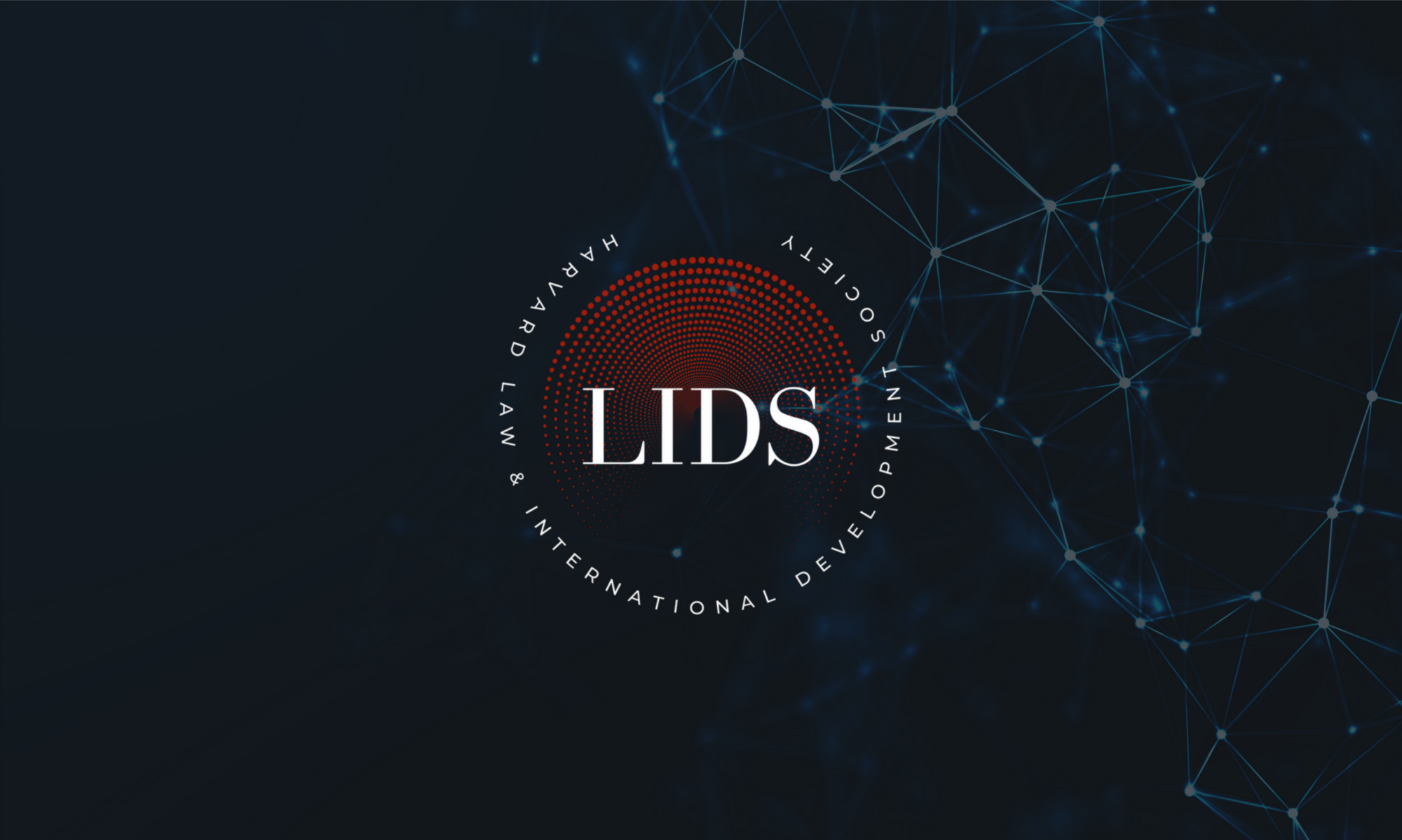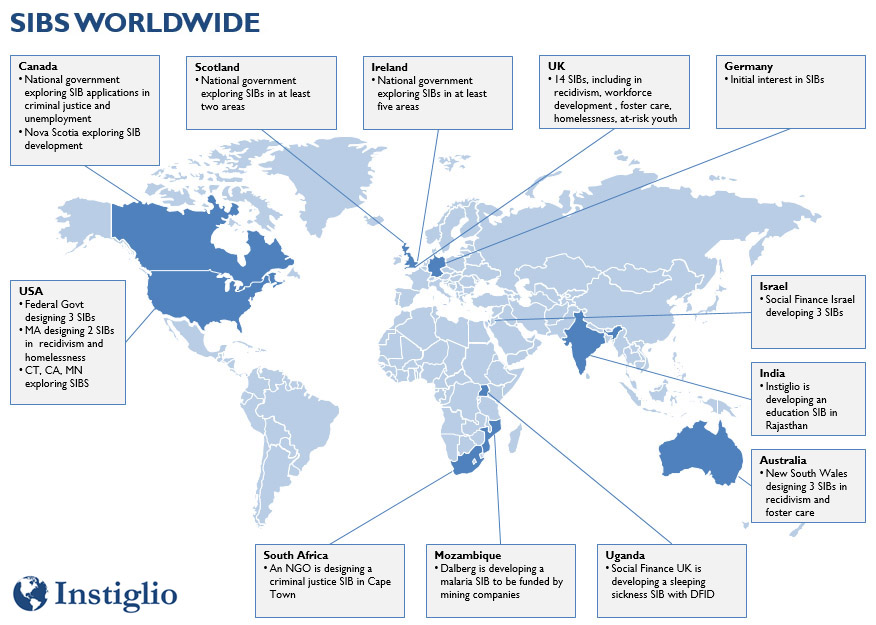Feb. 1, 2014 – Sarah Kalin
What have you been up to since graduating from Harvard?
Julian: Since graduating from the Harvard Kennedy School, I’ve chosen to pursue two opportunities. First, I spent my summer at Ceres, an environmental sustainability nonprofit based in Boston. There, I worked alongside the Policy Program team developing outreach materials, conducting research and analyzing legislative bills in order to advocate for specific climate and energy policies among private sector companies as well as agencies at the federal and state level.
This opportunity led directly into my full time, postgraduate position at the Port Authority of NY and NJ (PA). At the PA, I am part of the Leadership Fellows Program, which is a two year, rotational management program that fast tracks individuals for future PA leadership positions. My first rotation (of four) has been in the Port Commerce Department, where I support a nearly half billion-dollar redevelopment project aimed at improving the movement of intermodal freight goods across the New York Harbor. Work assignments include developing procurement bid packages for capital assets, reviewing and editing critical NEPA documents, assessing project risk, creating authorization documents for executive board review as well as managing my team’s accounting, invoicing and the federal reimbursement processes.
Throughout this past year, LIDS has been focused on the question: what is development? Can you please share with us what development means to you?
Julian: My notion of development is constantly changing since development is an ever-evolving concept, but perhaps in its purest form, I consider development to be the betterment of human life. As an individual specifically concerned with sustainability, I would add that there are several important considerations that must be included within development, those being: economic growth and inclusion, social equality (gender, cultural, regional, etc.), environmental stewardship and good governance (lack of corruption, transparency accountability, etc.).
How do you think international development differs from domestic development? And what motivated you to focus on the latter?
Julian: International development, which I often equate to development in middle to low-income countries, often revolves around economic growth and the creation of social, environmental and political institutions that provide basic amenities for human life. Some of these amenities include supplying clean, accessible water, land and air, in addition to supplying basic health services, electricity, and an education.
Conversely, U.S. domestic development entails improving on an already robust societal situation. The U.S., and more generally developed countries, have the unique privilege of focusing their efforts on revamping what is already a relatively strong economic, social, environmental and political foundation. Thus, development in high-income countries often revolves around improving an already existing infrastructure, shifting toward clean, efficient energy sources and promoting further social inclusion, all while balancing strong economic growth with environmental sustainability.
In terms of a personal focus, I wouldn’t claim to focus on one more than the other. Generally, I think having an understanding of development globally and at all levels (country, state, city, etc.) is essential to be an effective agent of change. Consequently, I have made sure to gain exposure to both international and domestic development through my studies and work experiences. My recent move to the PA was done in part because I wanted to better understand domestic infrastructure development at a city level and there are few places as dynamic for this as the PA.
Julian Lopez graduated from the Harvard Kennedy School (HKS) in May 2013 with a Masters in Public Policy. While at HKS, Julian was an active member of LIDS; he was both a board member and worked on a LIDS project.


